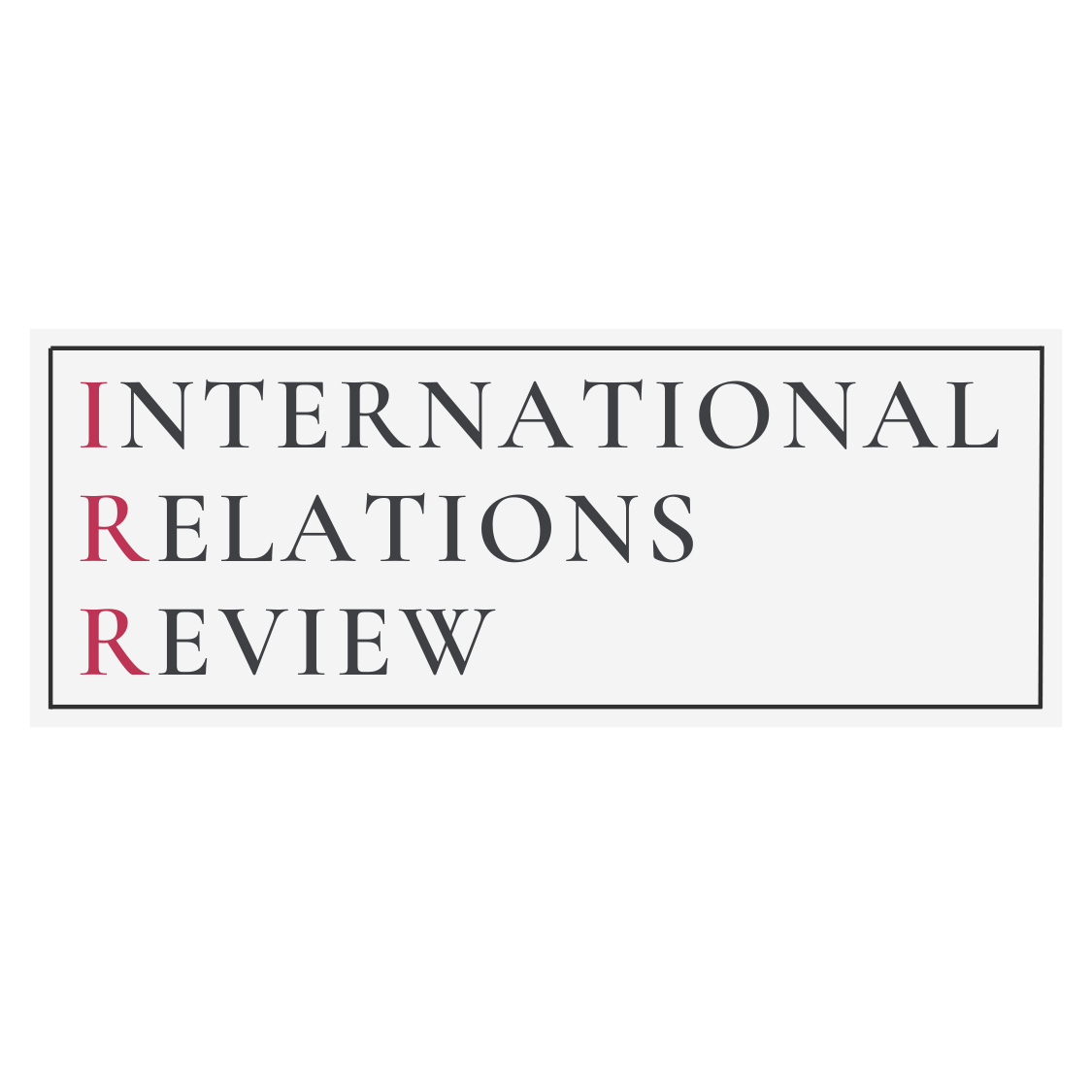Cambodia’s Economy: A Battleground of Chinese Investments and American Exports
The modern Kingdom of Cambodia was founded in 1993, following a tumultuous history of French colonization, communist influence, and Vietnamese occupation. Since then, the country has made large economic and political strides through foreign aid and international bodies, such as the Association of Southeast Asian Nations (ASEAN), and yet still pales in economic comparison to its neighbors, Thailand, Vietnam, and Indonesia. However, this economic disparity could change due to recent foreign development in partnership with Hong Kong, China, and America, which seek to expand Cambodian development and foreign investment.
Cambodia’s economy, with the exception of 2020, has consistently grown, and the country is expected to graduate from Least Developed Country status in December 2029. However, as the country becomes more developed, its demand for modern technology is expected to increase dramatically, contrasting the economy’s current dependence on textiles, tourism, and agriculture. This anticipated demand, in conjunction with Cambodia’s cheap real estate and rapid economic growth, attracts several foreign nations to invest in the country, with the most recent being Hong Kong.
Representatives from Cambodia and Hong Kong two countries met at Phnom Penh in late July 2024 and signed 13 memoranda of understanding to bolster business relations between numerous organizations, including the strengthening of business ties between Hong Kong Airways Limited and Cambodia Airways. Hong Kong representatives also travelled to Laos and Vietnam during this trip, aiming to expand upon previous economic ties and successful collaborations with other ASEAN nations, including Singapore, Malaysia, and Thailand. Peter Lam, Chairman of the Hong Kong Trade Development Council, commented, “We are impressed by Cambodia’s robust economic growth in recent years and its efforts to diversify its economy, develop its private sector and foster sustainable development. The HKTDC has 50 offices globally, including six in ASEAN – Bangkok, Ho Chi Minh City, Jakarta, Kuala Lumpur, Manila and Singapore. Very soon, we will establish a new consultant office in Phnom Penh, further expanding our network in ASEAN and along the Belt and Road.” Adding Phnom Penh to the ranks of Singapore and Bangkok, massive trade hubs within ASEAN, foreshadows the rise of Phnom Penh as a major trade city. This addition follows other international development plans, including Cambodia’s first international railway with Thailand and a proposed railway with Ho Chi Minh City, Vietnam. The incorporation of a railway within Vietnam would complete a missing link on the Pan-Asian Railway, a series of international train lines that connects China to all of Southeast Asia, bolstering participating nations’ trade relations and their respective economies.
China’s connection to Southeast Asia is also highlighted in the Belt and Road Initiative, or BRI, mentioned previously by Lam. The BRI seeks to create major trade routes between China and other regions, including Southeast Asia and Africa, mirroring the archaic Silk Road. China has had a long history of supporting Cambodian infrastructure, financing around 70% of Cambodia’s roads and bridges and assisting in the construction of the first major expressway in Cambodia. The expressway connects Phnom Penh and Sihanoukville, two of the largest cities in the country. The initiative has also led to China’s assistance in creating a number of Special Economic Zones (SEZs) within major Cambodian cities, including Phnom Penh, Koh Kong, and Poipet. SEZs incentivize foreign investment, and many Chinese companies have already moved to Cambodia in an attempt to avoid new tariffs implemented against China by the Trump administration.
While the United States does not heavily invest in Cambodia, they are Cambodia’s single largest export market. Although the United States’ recent stance on global trade has become increasingly hostile, the Trump administration’s transition to a trade-first negotiation strategy before implementing tariffs seems to bolster Cambodia’s position to export textiles to the US. The stabilization of Cambodia’s annual growth rate at around 6-7% per year, in tandem with cheap production costs and a strong geopolitical location, are likely to keep tariffs on Cambodia down to a minimum. However, given the instability of the United States’ current political climate and its increasingly isolationist stance, high American tariffs on Cambodian goods are still possible, which would further the nation’s view of China as a more reliable economic partner and their allegiance to the nation.
While business relations with China have contributed to immense economic growth and stability in Cambodia, they have also turned the nation into one of China’s closest allies within ASEAN, threatening the body’s intended neutrality. Cambodia has continuously vetoed actions taken against China, especially related to geopolitical tensions in the South China Sea. Cambodia’s reliance on Chinese investment also encourages its allegiance to China over the United States, which could harm the future of American-Cambodian trade relations, especially considering Trump’s aggressive foreign policy.. One such policy is an imminent travel ban, should Cambodia fail to resolve their “perceived deficiencies, as reported by the New York Times” and could impact the tourism sector of Cambodia’s economy. These deficiencies include lacking proper security measures for issuing passports, or selling citizenship to citizens who live in banned countries, in order to bypass travel restrictions.
As a country whose economy is notably reliant on others, both in terms of foreign investment and tourism, Cambodia’s economic growth will likely parallel the state and stability of globalization. While the rate of Cambodia’s growth may be uncertain, its rising geopolitical and economic presence within Southeast Asia cannot be downplayed, and its current allegiance with China will likely mark it as the first of many countries to turn to China in the face of internal American turmoil.
